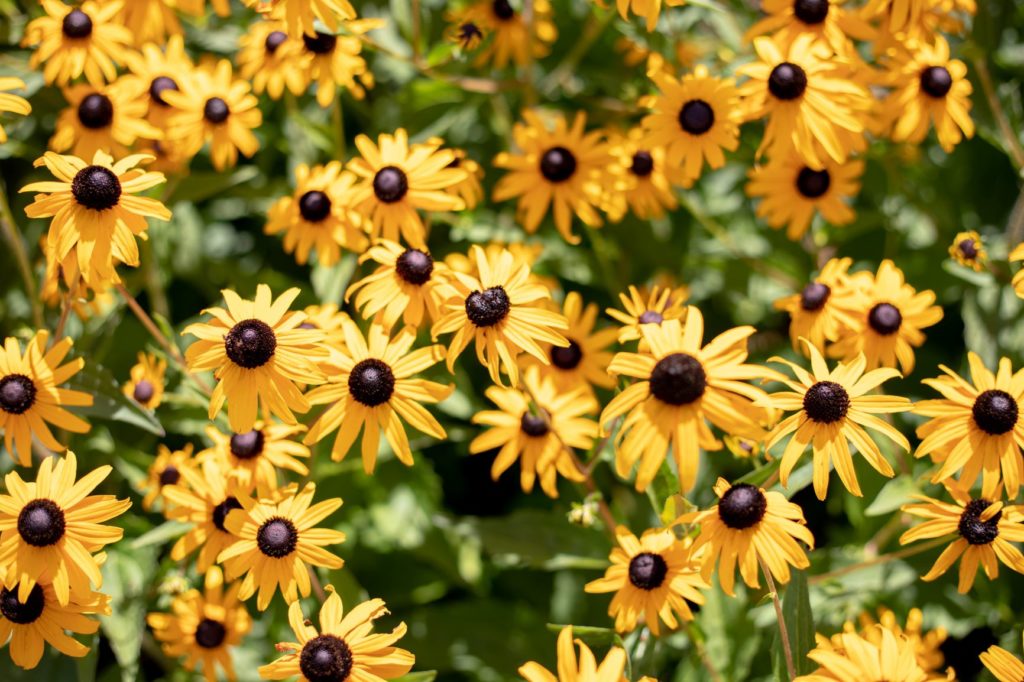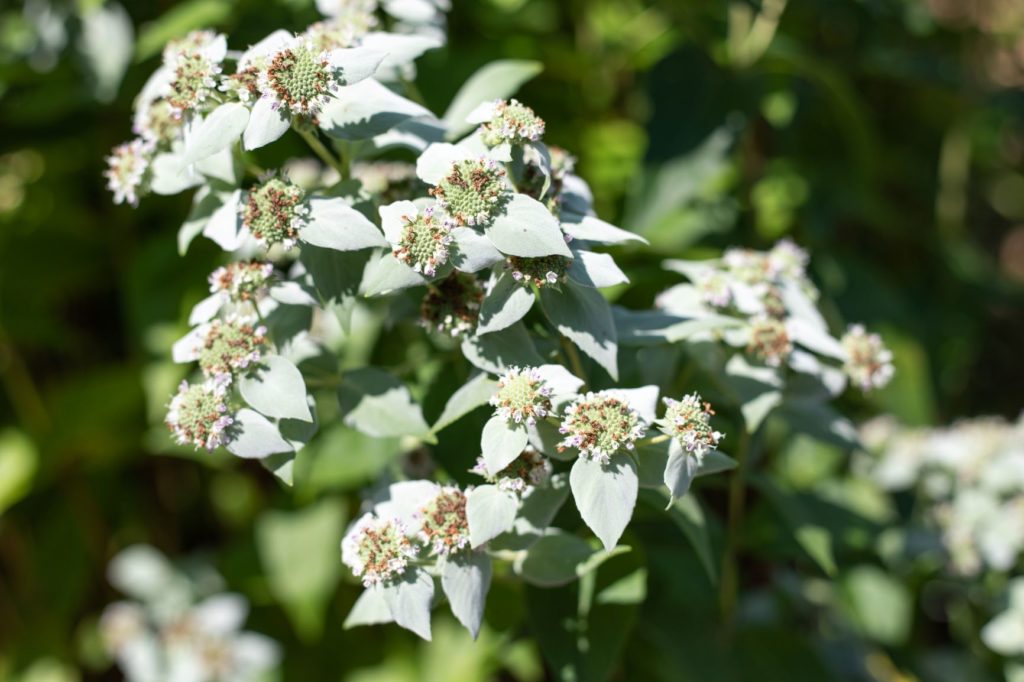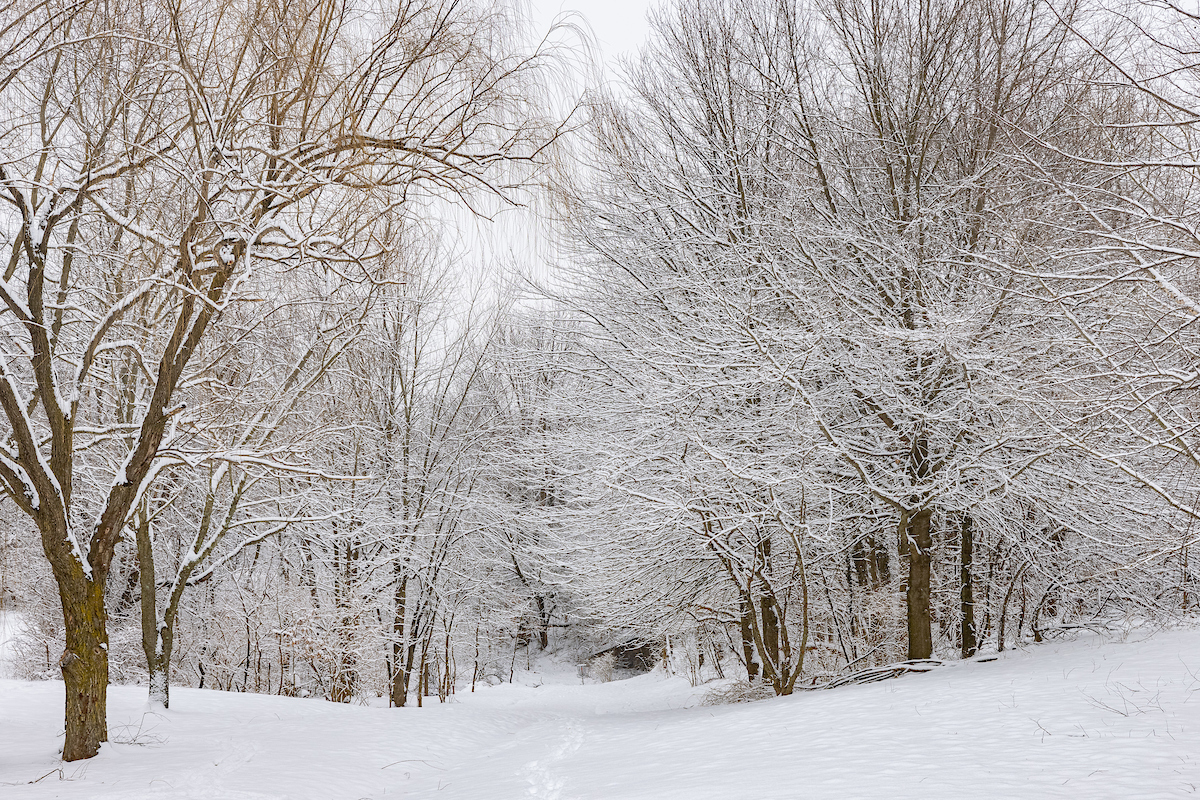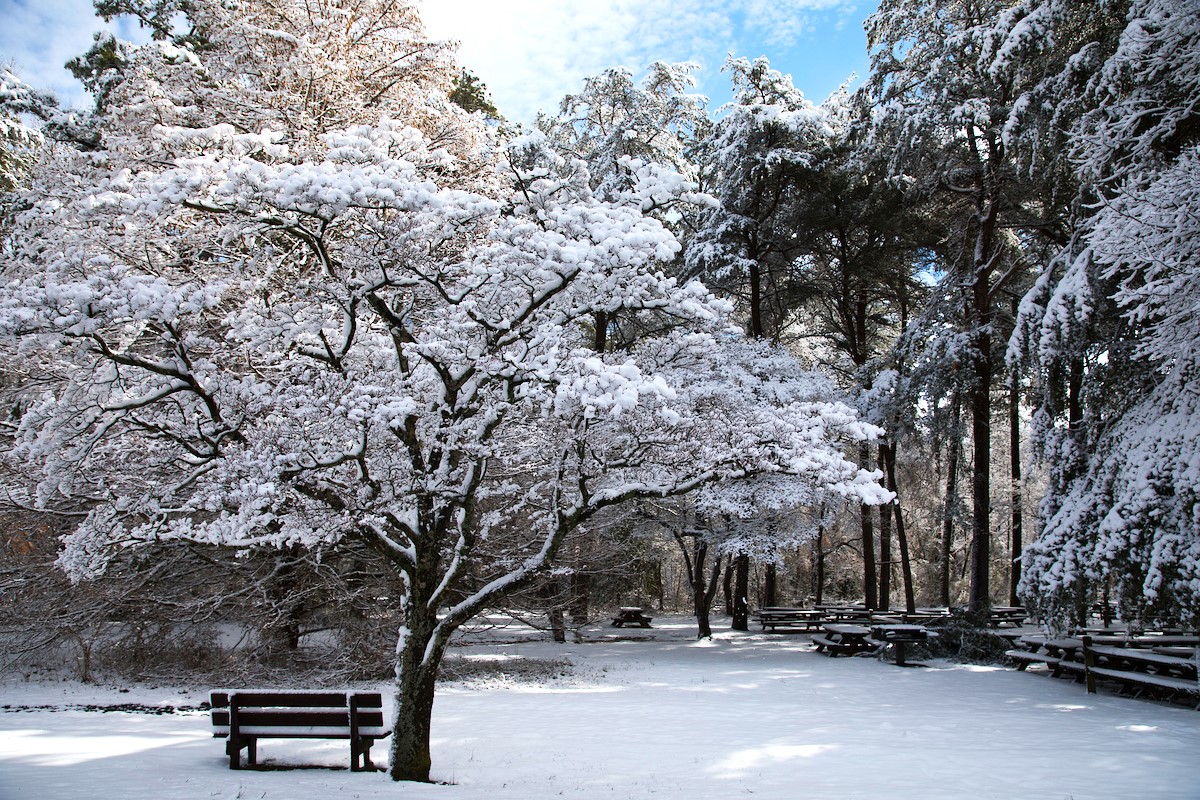
August 6, 2020
By Keelin Reilly, Park Naturalist at Brandywine Creek State Park
Imagine yourself as a Delaware bumblebee: small, yellow, and hungry for nectar. Finding far fewer flowers than years past, you’re faced with the prospect of little to eat. Fortunately, you just buzzed into the pollinator garden outside of the Brandywine Creek State Park Nature Center.

While the meadows at Brandywine Creek State Park also provide great expansive habitat for pollinators, this garden full of native flowers allows for much greater biodiversity in one small area. With its purple coneflowers and wild bergamot, the garden demonstrates how anyone can garden to support our native pollinators.
In the Brandywine Creek State Park pollinator garden, we have spotted red admirals, tiger and spicebush swallowtail butterflies, monarchs, and most species of native bees like the endangered rusty-patched bumblebee, carpenter bees, sweat bees, and others. There is also a tremendous diversity of wasps, beetles, dragonflies, and moths.

Why are native pollinator gardens important?
When wild areas with native plants are lost due to development, farming, and lawns, these insects have nowhere to go and their population plummets. Factors like the introduction of non-native plants and pesticide use make it difficult for these organisms to survive in areas that seem natural to us. Gardening with native plants can help reverse this decline, ensuring viable pollinator populations for the future. The Brandywine Creek State Park pollinator garden, designed by Don Coats as part of his “Lawn to Life” project and installed by Don and the Friends of Brandywine Creek State Park along with staff and volunteers, serves as a testament to this fact.

Enjoy all the different types of flowers that can be found throughout the Pollinator Garden at Brandywine Creek State Park!










